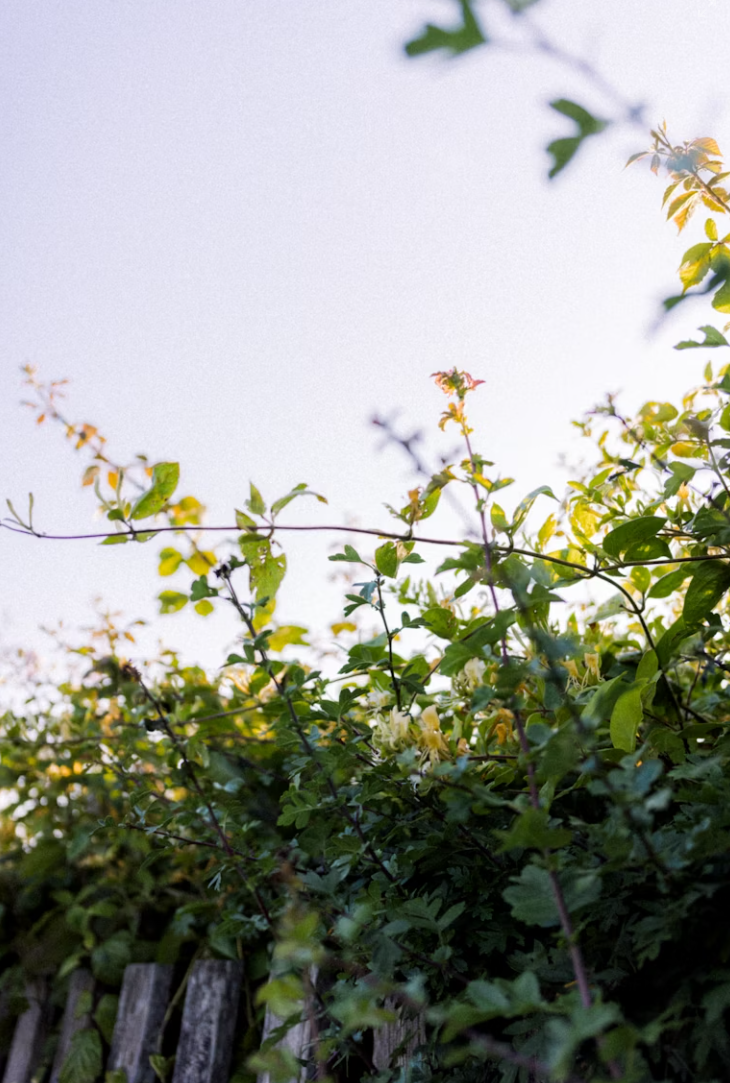
Living Fences & Lived-In Gardens: Embrace the Natural, Vintage Aesthetic
Share
Living Fences & Lived-In Gardens: Embrace the Natural, Vintage Aesthetic
In 2025, garden design is trading perfection for personality. Across Instagram, Threads, and home design blogs, the newest trend is living fences — lush, layered green boundaries — paired with lived-in gardens that celebrate natural aging and imperfection.
This movement marks a shift from sterile, over-manicured lawns to spaces that feel authentic, timeless, and alive. For U.S. homeowners aged 20–50, it’s the perfect blend of sustainability, nostalgia, and low maintenance.
1. What Is a Living Fence?
A living fence is exactly what it sounds like — a natural barrier made from plants, shrubs, or small trees instead of wood or vinyl panels. It defines space while adding life, texture, and color throughout the year.
Why it’s trending:
-
It’s eco-friendly — filtering air, reducing noise, and supporting wildlife.
-
It grows more beautiful with age.
-
It offers privacy without feeling closed-off.
How to create one:
-
Combine evergreen shrubs like boxwood or holly with flowering natives like viburnum or hydrangea.
-
Layer heights for a softer, organic look.
-
Add vines (clematis, jasmine, honeysuckle) to fill gaps and add fragrance.
-
Mulch generously to keep roots moist and weeds down.
Over time, your fence becomes a living, breathing wall that changes with the seasons.
2. The Lived-In Garden Look
A lived-in garden celebrates authenticity — a space that looks like it’s grown naturally over time. Think of mismatched pots, mossy stones, and perennials that gently spill over borders.
Key features:
-
Weathered materials (rustic wood, terracotta, reclaimed stone).
-
Imperfect pathways with soft moss edges.
-
Layers of texture — ornamental grasses, ferns, and wildflowers.
-
Natural color tones like sage, bronze, and muted greens.
This aesthetic isn’t messy — it’s mindful. Every leaf, crack, and patina tells a story of time and care.
3. Vintage Meets Modern Sustainability
Younger gardeners are blending vintage charm with eco-conscious design. Living fences reduce the need for lumber, while “lived-in” gardens minimize chemical inputs. Together, they offer a nostalgic yet future-ready approach to landscaping.
Design ideas:
-
Frame your entryway with climbing roses or ivy on aged trellises.
-
Use reclaimed wood for raised beds.
-
Pair vintage garden furniture with native planting for contrast.
-
Leave seedheads through winter for texture and pollinator support.
This mix of old and new gives your outdoor space lasting personality — not just seasonal beauty.
4. Why U.S. Homeowners Love This Trend
-
Low maintenance: Once established, living fences require minimal pruning and watering.
-
Eco impact: Supports pollinators, reduces waste, and enhances soil health.
-
Timeless style: Aged materials and organic growth never go out of fashion.
-
Emotional value: Feels peaceful, warm, and personal — not mass-produced.
